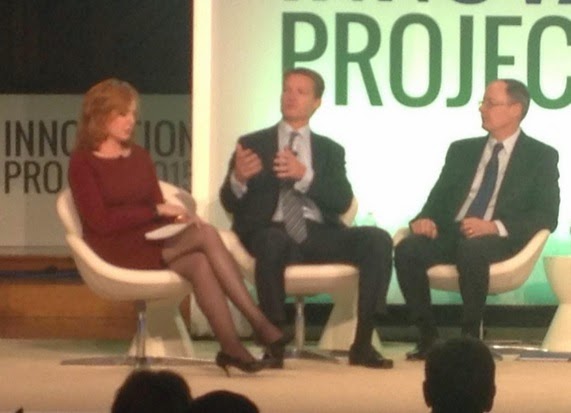As the recently posted infographic in the top right portion of my blog shows, THE most popular mobile payment method in the world is 'Direct Carrier Billing' (DCB), that is consumers utilizing their known and trusted billing relationship with their mobile carriers to have purchases (online and offline) posted to their telephone bill.
Yesterday I 'published' a large article on LinkedIn entitled:
That post ( https://www.linkedin.com/pulse/quiet-giant-digital-commerce-noble-cause-financial-inclusion-baross?trk=prof-post ) looks at the evolution of 'Carrier Commerce' - from the nascent DCB industry of nearly 20 years ago to now the #1 role of DCB as a payment method in today's digital economy. Further, that post overviews a second major Carrier Commerce front that is also quietly ramping: Mobile Money, with flagship Vodafone M-Pesa & Safaricom in Kenya leading a charge of over 200 companies in this space. (Related to the Mobile Money topic is so well reported article entitled "Mobile payments: The company driving the greatest innovation today [Hint: it's not Apple]":
This very good article - which appeared last night in various Payment Industry news alerts (i.e.: financial inclusion, mobile wallets and related topics) can be accessed via this link: http://www.itproportal.com/2015/04/26/who-driving-greatest-innovation-mobile-payments-today-hint-not-apple/
Finally, in my publication yesterday I reveal an effort underway to establish a new association that is committed to serving the unique industry of Carrier Commerce - Direct Carrier Billing, Mobile Money initially, along with of course supporting all those in the ecosystems of these two remarkable growth sectors of the Carrier Commerce Payment Industry ... that welcomes your thoughts, ideas and suggestions.
See more on this subject & related Carrier Commerce Payment Industry topics in:
* Publication section of my LinkedIn profile (http://www.linkedin.com/in/johnfbarossjr)
* Follow me on Twitter @BaRoss
Yesterday I 'published' a large article on LinkedIn entitled:
That post ( https://www.linkedin.com/pulse/quiet-giant-digital-commerce-noble-cause-financial-inclusion-baross?trk=prof-post ) looks at the evolution of 'Carrier Commerce' - from the nascent DCB industry of nearly 20 years ago to now the #1 role of DCB as a payment method in today's digital economy. Further, that post overviews a second major Carrier Commerce front that is also quietly ramping: Mobile Money, with flagship Vodafone M-Pesa & Safaricom in Kenya leading a charge of over 200 companies in this space. (Related to the Mobile Money topic is so well reported article entitled "Mobile payments: The company driving the greatest innovation today [Hint: it's not Apple]":
This very good article - which appeared last night in various Payment Industry news alerts (i.e.: financial inclusion, mobile wallets and related topics) can be accessed via this link: http://www.itproportal.com/2015/04/26/who-driving-greatest-innovation-mobile-payments-today-hint-not-apple/
Finally, in my publication yesterday I reveal an effort underway to establish a new association that is committed to serving the unique industry of Carrier Commerce - Direct Carrier Billing, Mobile Money initially, along with of course supporting all those in the ecosystems of these two remarkable growth sectors of the Carrier Commerce Payment Industry ... that welcomes your thoughts, ideas and suggestions.
See more on this subject & related Carrier Commerce Payment Industry topics in:
* Publication section of my LinkedIn profile (http://www.linkedin.com/in/johnfbarossjr)
* Follow me on Twitter @BaRoss






































